Pairing food and wine is a highly esteemed long standing practice that, in certain contexts, is only trusted to professionals. In some of the top restaurants in the world, the head sommelier is on par with the head chef in terms of strategy and decision making. This might seem obvious to you, wine is, afterall, an important part of our culture. But what aren’t so obvious are the myriad of different nuances and subtleties that are present in the taste profiles of every wine; even less obvious is how each of these nuances may line up with the particular flavors present in any given dish. This is why it’s left up to the professionals…there’s just too much to keep track of. BUT, there are ways and means by which you can experience a perfect meal, paired with a delicious wine without having to spend a ton of money and time at a high-scale restaurant.
First of all, you can learn the basics of pairing yourself, experiment on your own, and go from there. Sure, you won’t be blowing anybody’s culinary mind anytime soon, but at least you can get a taste of the experience in choosing the components of a pairing.
Weight: the most basic variable in pairings, it’s basically the “heaviness” vs the “lightness” of both the wine and dish in question. This one basically follows common sense: Darker, more robust wines are heavier, whereas clearer, more subtle wines could be thought of as lighter. When matching the weights of wine’s vs dishes, it’s important that one not overwhelm the other, i.e. an extremely heavy wine, with a very light dish or vice versa. The character of each component ought to be present, but of course, you’re never going to get a perfect 50/50 balance, as this would leave your pairing uninteresting.
Focus: While some think that the ideal pairing will bring the entire meal more together, even more wine experts seem to lean on the idea that wine and dish pairing is more akin to a conversation, rather than building a house. Ideally, you want one aspect of the meal to underlie and complement the other. For example, if your pairing means to focus on a very light wine, a good complement might be a small plate of something heartier, more robust, like an appetizer with a kick. Enough of a dish to be present and set the wine in a certain context, while still focusing primarily on the taste of the beverage.
Of course, there’s always the safe route, which is to trust Northwest Cellars with your pairings, as we have a number of delicious, free recipes from Chefmagazine.com featured on our website, each of which are cleverly paired with one of our wines! Check out our most recent feature, here, it’s our 2011 Oscuro paired with Mascarpone Polenta and Pork Shoulder Ragu, YUM! You can also head to our Wine and Food Parings page, on our website for a complete list of all the recipes from Chef magazine!


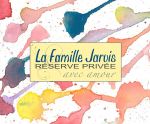

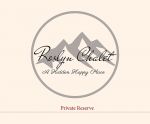

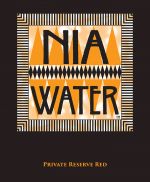

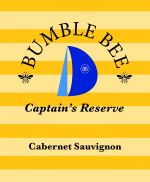

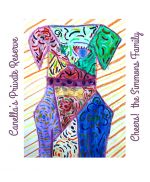

0 Comments